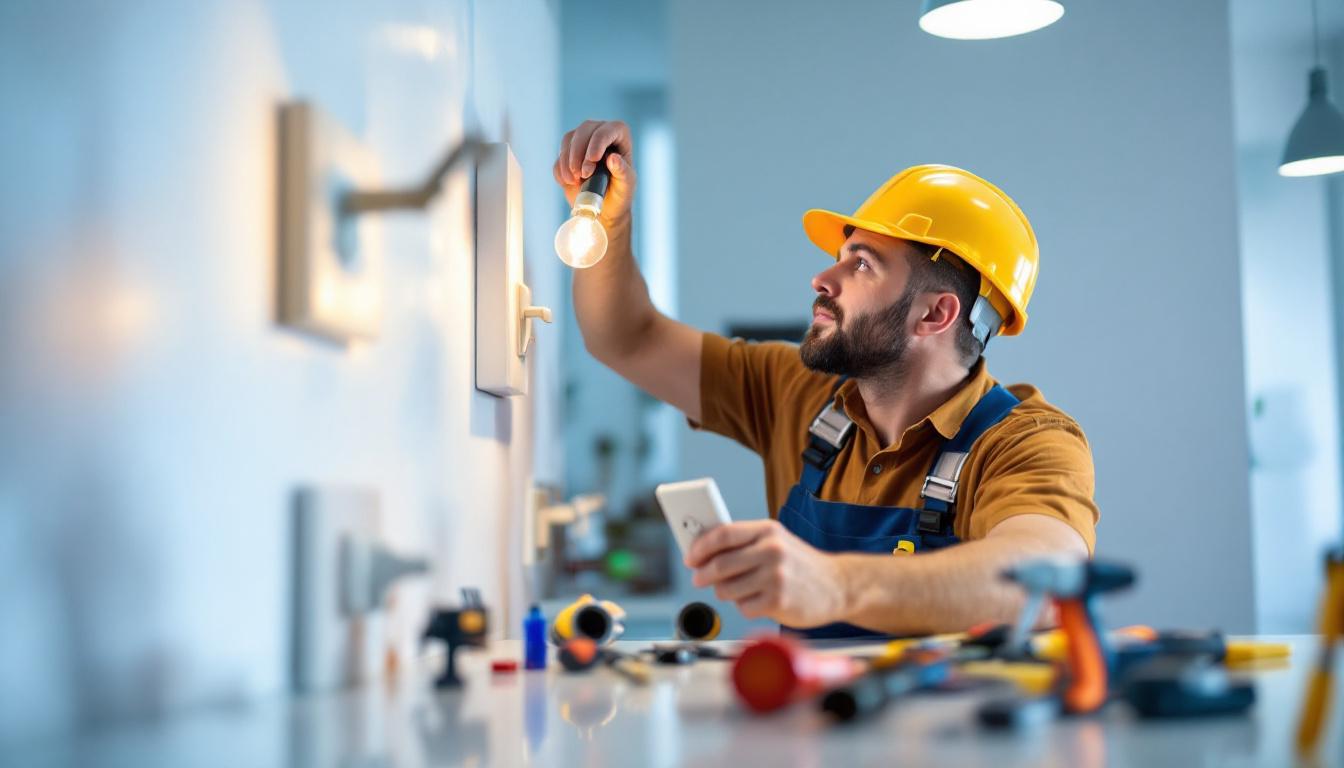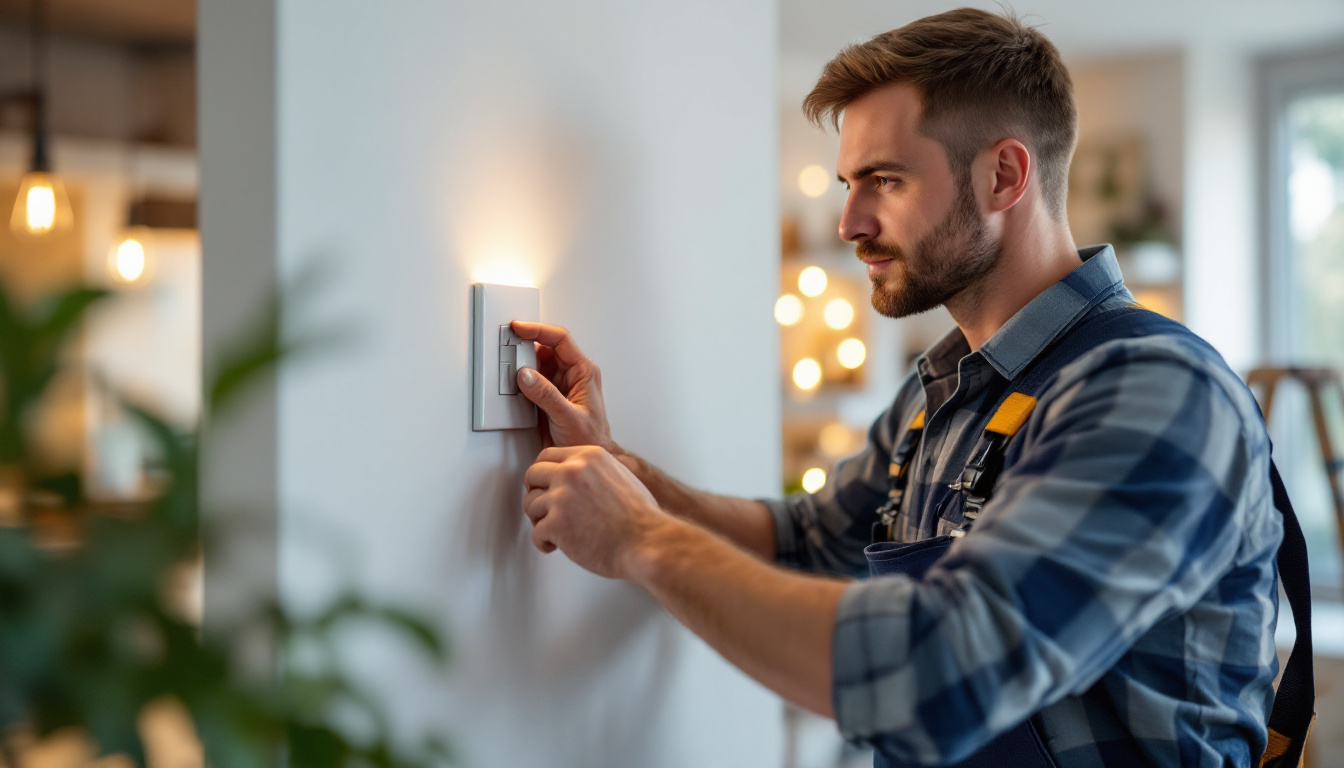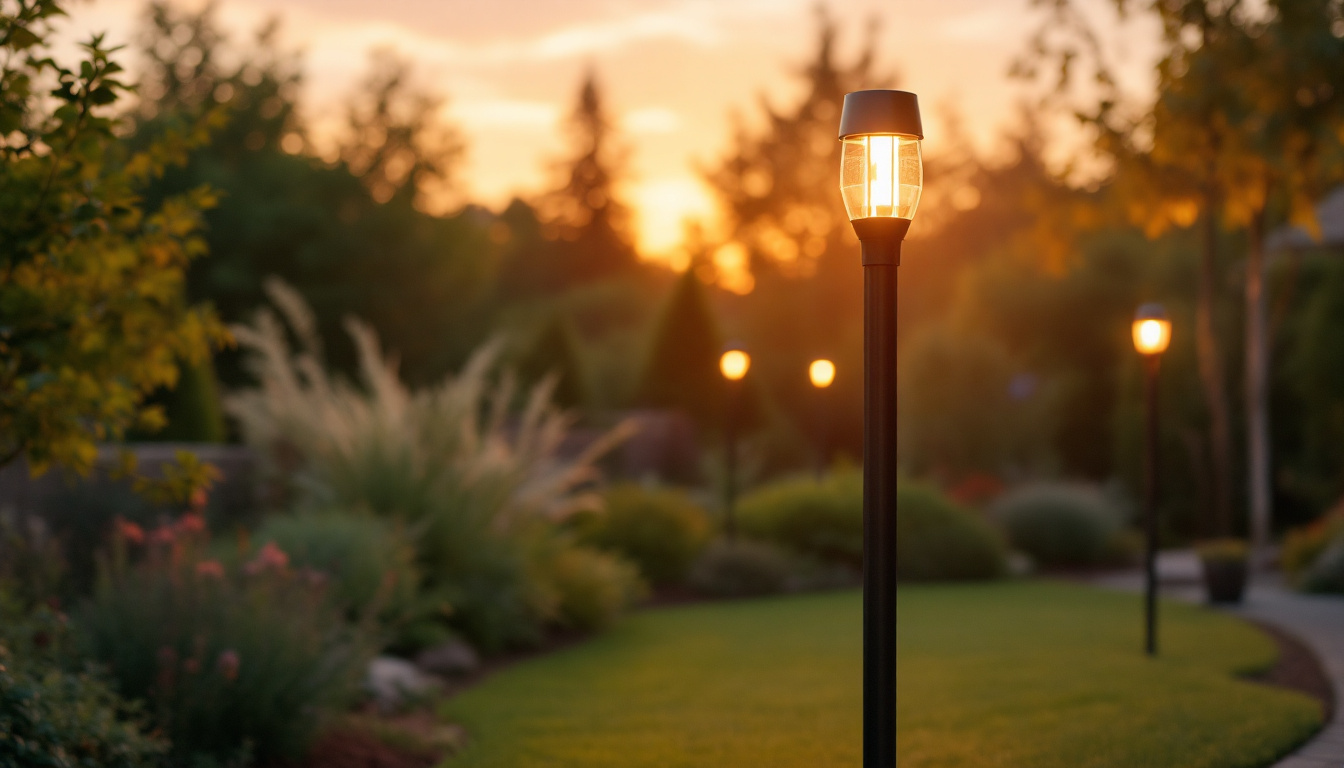
As the demand for energy-efficient lighting solutions continues to rise, the role of lighting contractors has become increasingly crucial. One common task that contractors encounter is replacing fluorescent light fixtures. This process can seem daunting, but with the right knowledge and skills, it can be executed smoothly and efficiently. This article will explore the steps involved in replacing a fluorescent light fixture and provide tips for lighting contractors to master this essential task.
Fluorescent light fixtures are a popular choice for both residential and commercial spaces due to their energy efficiency and long lifespan. They consist of a glass tube filled with gas and a phosphor coating on the inside, which emits light when an electric current passes through the gas. Despite their advantages, these fixtures can sometimes fail or become outdated, necessitating replacement.
Before diving into the replacement process, it’s essential for lighting contractors to understand the various types of fluorescent fixtures available in the market. These can include surface-mounted fixtures, recessed fixtures, and even portable options. Each type has its own set of installation requirements and considerations, making it important for contractors to be well-versed in the specifics of each type. For instance, surface-mounted fixtures are often used in areas with limited ceiling space, while recessed fixtures provide a sleek, modern look that integrates seamlessly into ceilings, making them ideal for offices and retail environments.
There are several reasons why a fluorescent light fixture may need to be replaced. One of the most common issues is flickering or dimming lights, which can be indicative of a failing ballast or burnt-out bulbs. Additionally, outdated fixtures may not meet current energy efficiency standards, prompting a switch to more modern alternatives, such as LED fixtures. The shift to LED technology not only reduces energy consumption but also offers a broader spectrum of color temperatures, allowing for more tailored lighting solutions that can enhance productivity in workspaces or create a desired ambiance in homes.
Another reason for replacement can be aesthetic. Over time, fixtures may become discolored or damaged, detracting from the overall appearance of a space. By upgrading to a new fixture, contractors can enhance both the functionality and visual appeal of a room. Moreover, new designs often incorporate advanced features such as dimming capabilities and smart technology integration, which can further elevate the user experience. These modern fixtures can be controlled via mobile apps or voice commands, providing convenience and adaptability to changing lighting needs throughout the day. As such, the decision to replace fluorescent fixtures can also reflect a commitment to embracing innovative lighting solutions that align with contemporary design trends.
Before beginning the replacement process, thorough preparation is essential. This includes gathering the necessary tools and materials, ensuring safety protocols are in place, and assessing the existing fixture’s condition.
Contractors will need a variety of tools to successfully replace a fluorescent light fixture. Commonly required items include a screwdriver, wire cutters, wire nuts, and a voltage tester. It’s also advisable to have safety gear on hand, such as gloves and goggles, to protect against potential hazards during the replacement process.
In addition to tools, having the correct replacement fixture on hand is crucial. Contractors should ensure that the new fixture matches the specifications of the old one in terms of size, wattage, and type of bulbs used. This will help avoid complications during installation and ensure optimal performance. It may also be beneficial to have a selection of different bulb types available, such as LED or compact fluorescent, as these can offer energy efficiency and longer lifespans compared to traditional options. By considering these factors, contractors can enhance the overall quality and longevity of the lighting solution.
Safety should always be a top priority when working with electrical fixtures. Before starting any work, contractors must turn off the power to the fixture at the circuit breaker. Using a voltage tester to confirm that the power is off is a critical step that should never be overlooked.
Additionally, it’s important to be aware of any potential hazards in the workspace. This includes ensuring that ladders are stable and that the area is free from clutter. By taking these precautions, contractors can minimize the risk of accidents and ensure a smoother replacement process. Furthermore, it is wise to have a first aid kit readily available in case of minor injuries, and to inform others in the vicinity about the ongoing work to prevent unexpected interruptions. Establishing a clear communication plan can also aid in maintaining safety, especially in larger spaces where multiple people may be present. These proactive measures not only protect the contractor but also contribute to a more efficient workflow.
Once preparation is complete, contractors can proceed with the actual replacement of the fluorescent light fixture. This process can be broken down into several key steps, each of which is vital for a successful outcome.
The first step in replacing a fluorescent light fixture is to carefully remove the old fixture from its mounting. This typically involves unscrewing the fixture from the ceiling or wall and disconnecting the wiring. It’s essential to take note of how the wiring is connected, as this will be helpful when installing the new fixture.
Contractors should also inspect the old fixture for any signs of damage or wear. This can provide valuable insights into the cause of the fixture’s failure and inform the choice of the new fixture. For example, if the old fixture was damaged due to moisture, it may be necessary to address any underlying issues before installing a new one.
With the old fixture removed, contractors can begin wiring the new fluorescent light fixture. This step requires careful attention to detail, as improper wiring can lead to electrical issues or even safety hazards. Contractors should refer to the manufacturer’s instructions for specific wiring diagrams and guidelines.
Typically, the wiring process involves connecting the black (hot) wire, white (neutral) wire, and green or bare (ground) wire. Using wire nuts to secure these connections is recommended, ensuring that they are tight and insulated to prevent any electrical shorts. Once the wiring is complete, contractors should double-check their connections before proceeding.
After the wiring is securely in place, the next step is to mount the new fixture. This usually involves aligning the fixture with the mounting bracket and securing it with screws. Contractors should ensure that the fixture is level and securely fastened to prevent any sagging or movement.
Once the fixture is mounted, it’s time to install the bulbs. Contractors should handle fluorescent bulbs with care, as they can be fragile. It’s advisable to follow the manufacturer’s instructions for inserting the bulbs correctly to ensure proper functionality.
After the new fixture is installed, it’s crucial to test it before completing the job. This final step ensures that everything is functioning correctly and allows contractors to address any issues that may arise.
To test the new fluorescent light fixture, contractors should first turn the power back on at the circuit breaker. Once the power is restored, the fixture should be powered on to check for proper operation. If the light turns on without flickering or dimming, the installation is likely successful.
If the fixture does not work as expected, contractors should double-check the wiring connections and ensure that the bulbs are properly installed. It may also be necessary to inspect the ballast, as a faulty ballast can cause issues with the fixture’s performance.
Once the fixture is successfully tested, contractors should take the time to clean up the work area. This includes removing any debris, tools, or packaging materials associated with the installation. A tidy workspace not only enhances professionalism but also ensures safety for both the contractor and the client.
Replacing fluorescent light fixtures is a common task for lighting contractors, but mastering the process can set a contractor apart from the competition. Here are some tips to enhance skills and efficiency in fixture replacement.
The lighting industry is constantly evolving, with new technologies and products emerging regularly. Contractors should make it a priority to stay informed about the latest trends in lighting, including advancements in LED technology and energy-efficient solutions. This knowledge can help contractors make informed recommendations to clients and improve their overall service offerings.
Effective communication with clients is essential for successful projects. Contractors should take the time to explain the replacement process, discuss options, and address any concerns clients may have. This not only builds trust but also ensures that clients are satisfied with the final result.
Keeping detailed records of each fixture replacement project can be beneficial for contractors. This documentation can include notes on the type of fixture installed, any challenges encountered, and client feedback. Such records can serve as a valuable resource for future projects and help contractors refine their skills over time.
Replacing a fluorescent light fixture is a fundamental task for lighting contractors that requires a combination of technical skills and attention to detail. By understanding the various types of fixtures, preparing adequately, and following a systematic replacement process, contractors can ensure successful installations that meet client expectations.
Moreover, mastering the art of fixture replacement not only enhances a contractor’s reputation but also contributes to the overall efficiency and effectiveness of their work. By staying informed about industry trends, practicing good communication, and documenting their processes, lighting contractors can position themselves as experts in their field, ready to tackle any lighting challenge that comes their way.
Ready to elevate your lighting installations with the finest products on the market? Look no further than LumenWholesale for all your lighting needs. Our extensive selection of spec-grade lighting products is designed to meet the highest industry standards, ensuring that every project shines with reliability and high performance. Say goodbye to inflated markups and hello to unbeatable wholesale prices, plus enjoy the convenience of free shipping on bulk orders. Don’t compromise on quality or value—choose LumenWholesale for the perfect blend of affordability and excellence. Start browsing our collection now and discover Wholesale Lighting at the Best Value.

Discover essential tips from lighting contractors on selecting and installing light receptacles efficiently.

Discover the essential checklist for lighting contractors considering LED replacements for PL 18 lamps.

Discover how lighting contractors are transforming spaces with innovative electrical switches and outlets.

Discover how outdoor LED post lights can revolutionize your lighting projects by saving time and reducing costs.